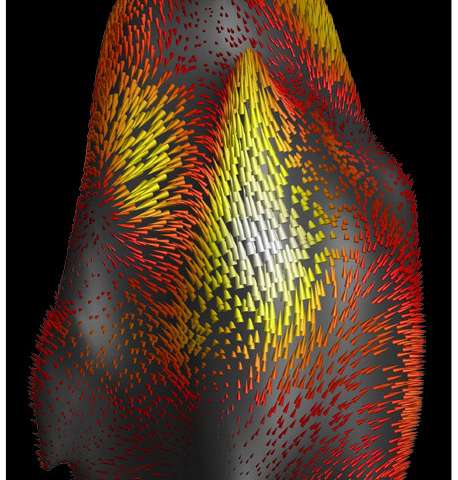Mar 7, 2016
Quantum mechanics is so weird that scientists need AI to design experiments
Posted by Karen Hurst in categories: computing, information science, quantum physics, robotics/AI
Don’t let the title mislead you — Quantum is not going to require AI to operate or develop it’s computing capabilities. However, what is well known across Quantum communities is that AI will greatly benefit from the processing capabilities & performance of Quantum Computing. There has been a strong interest in marrying the 2 together. However, Quantum maturity gap and timing has not made that possible until recently resulting from the various discoveries in microchip development, programming language (Quipper) development, Q-Dots Silicon wafers, etc.
Researchers at the University of Vienna have created an algorithm that helps plan experiments in this mind-boggling field.


















